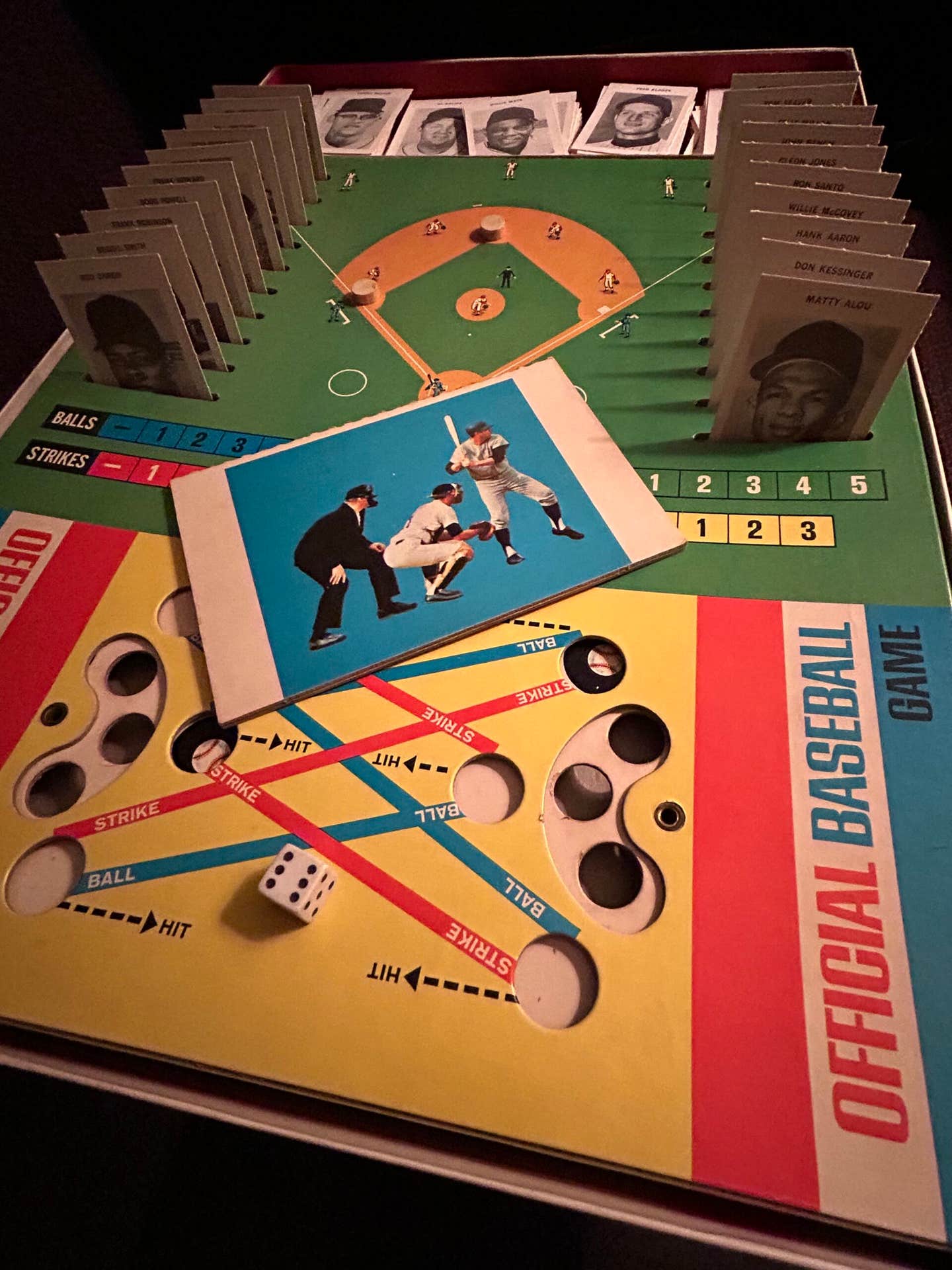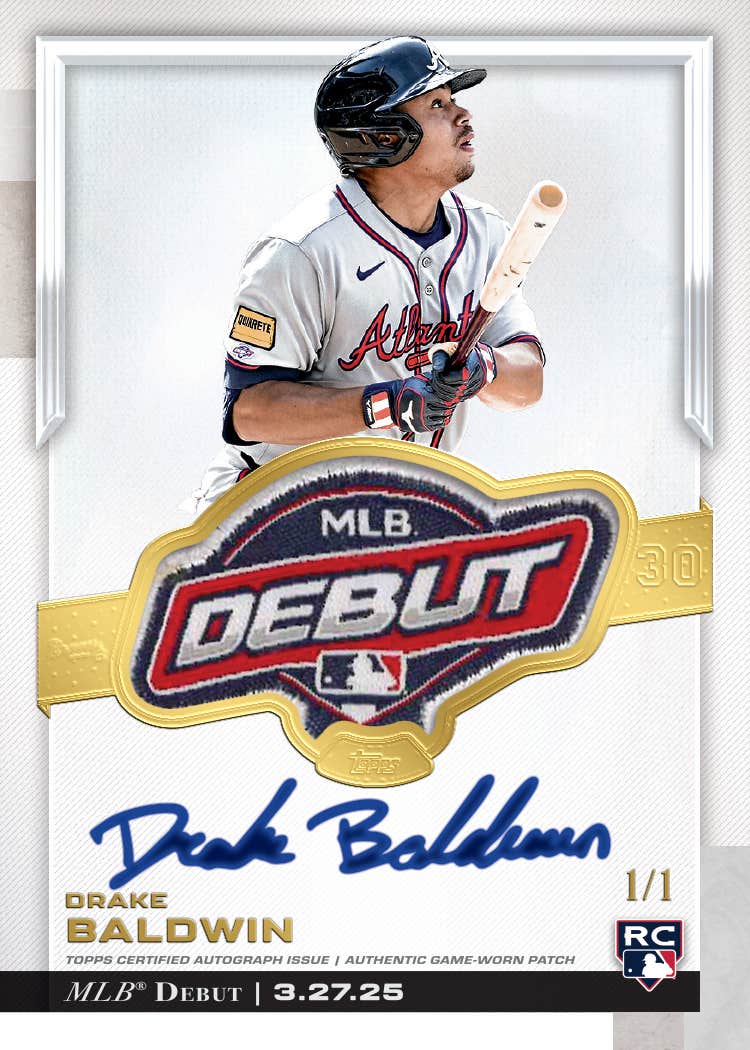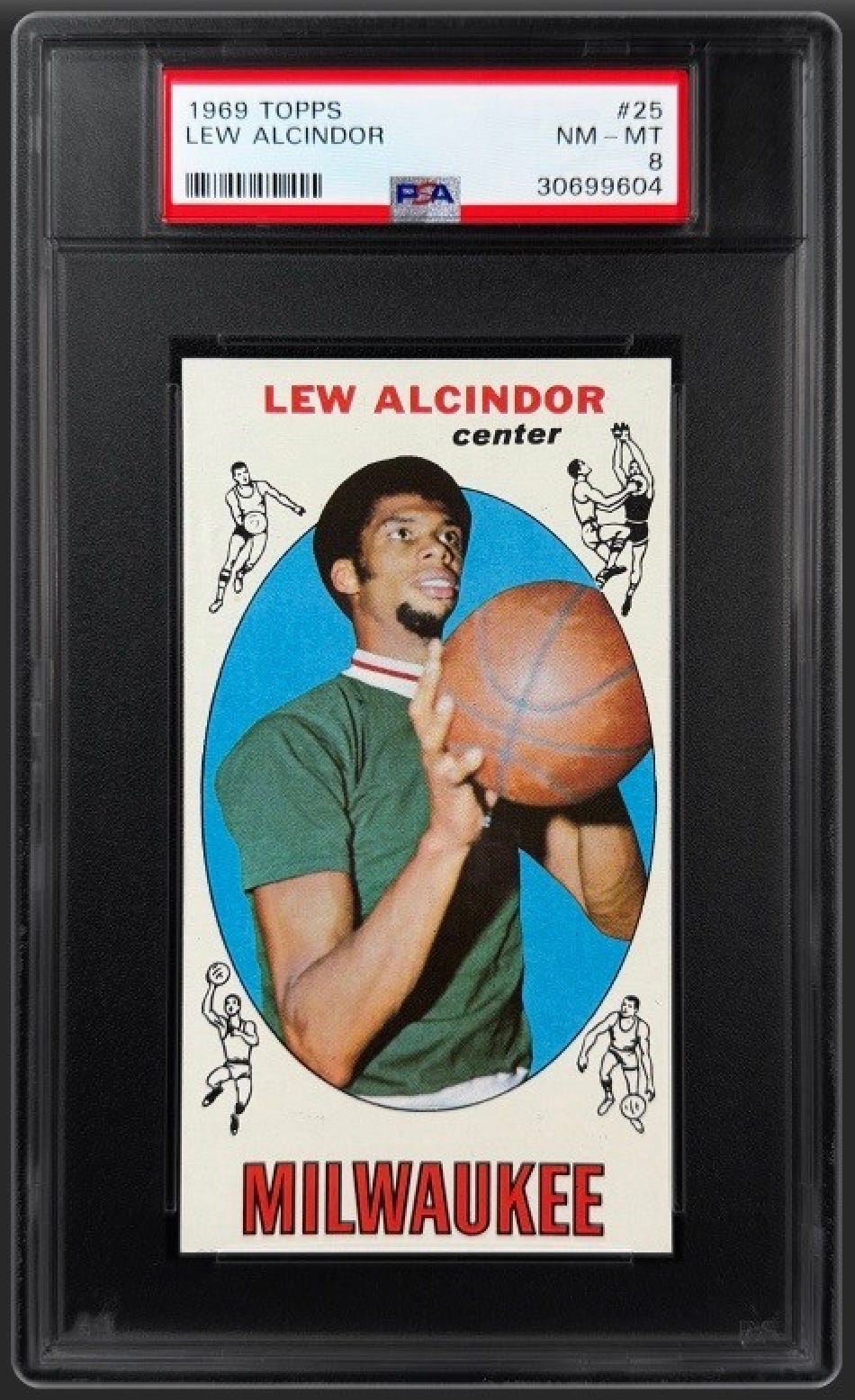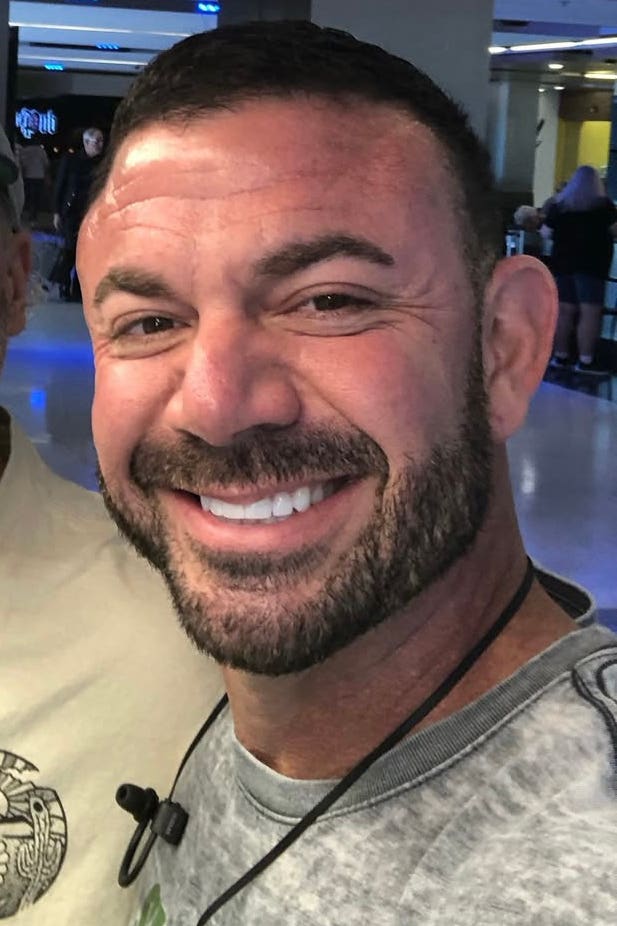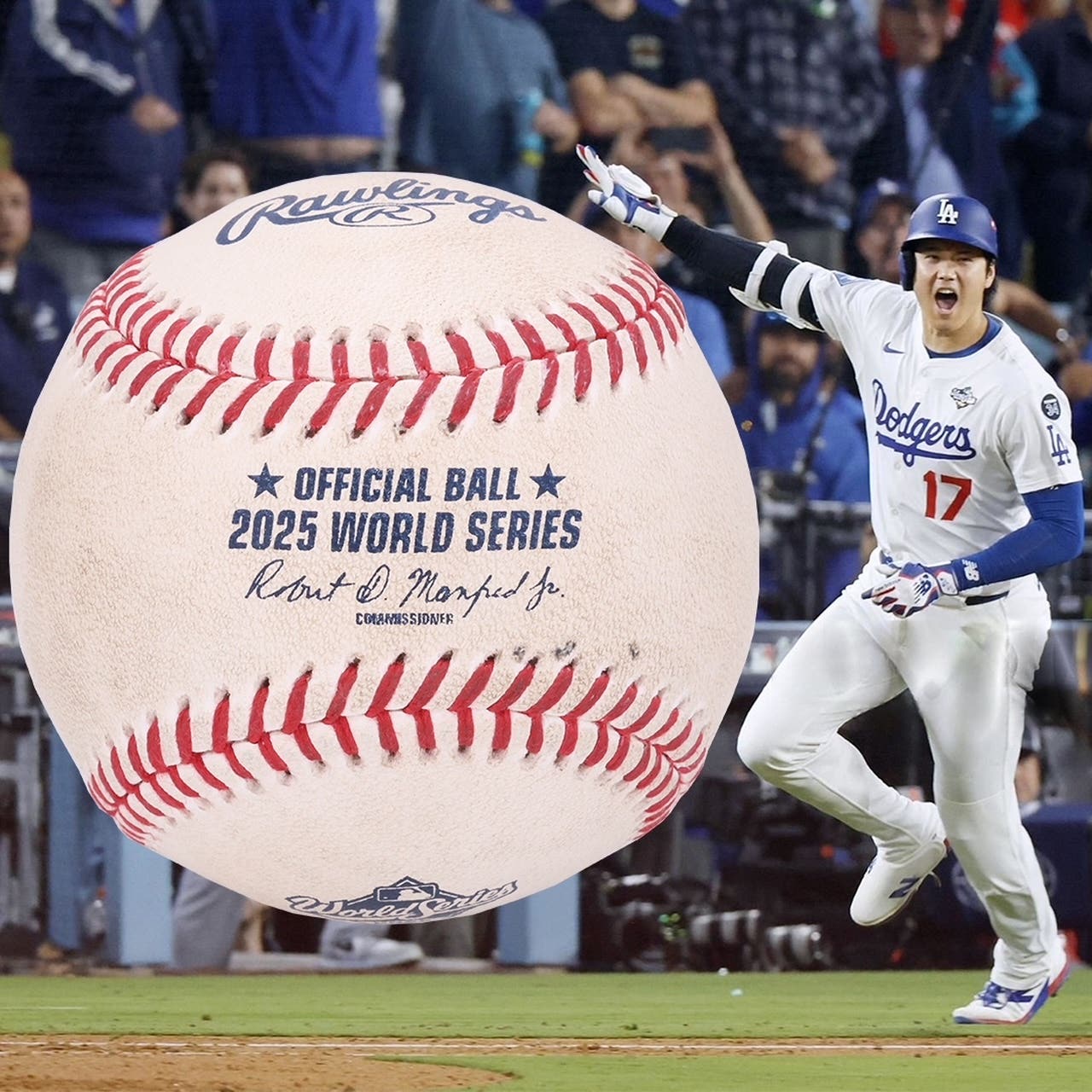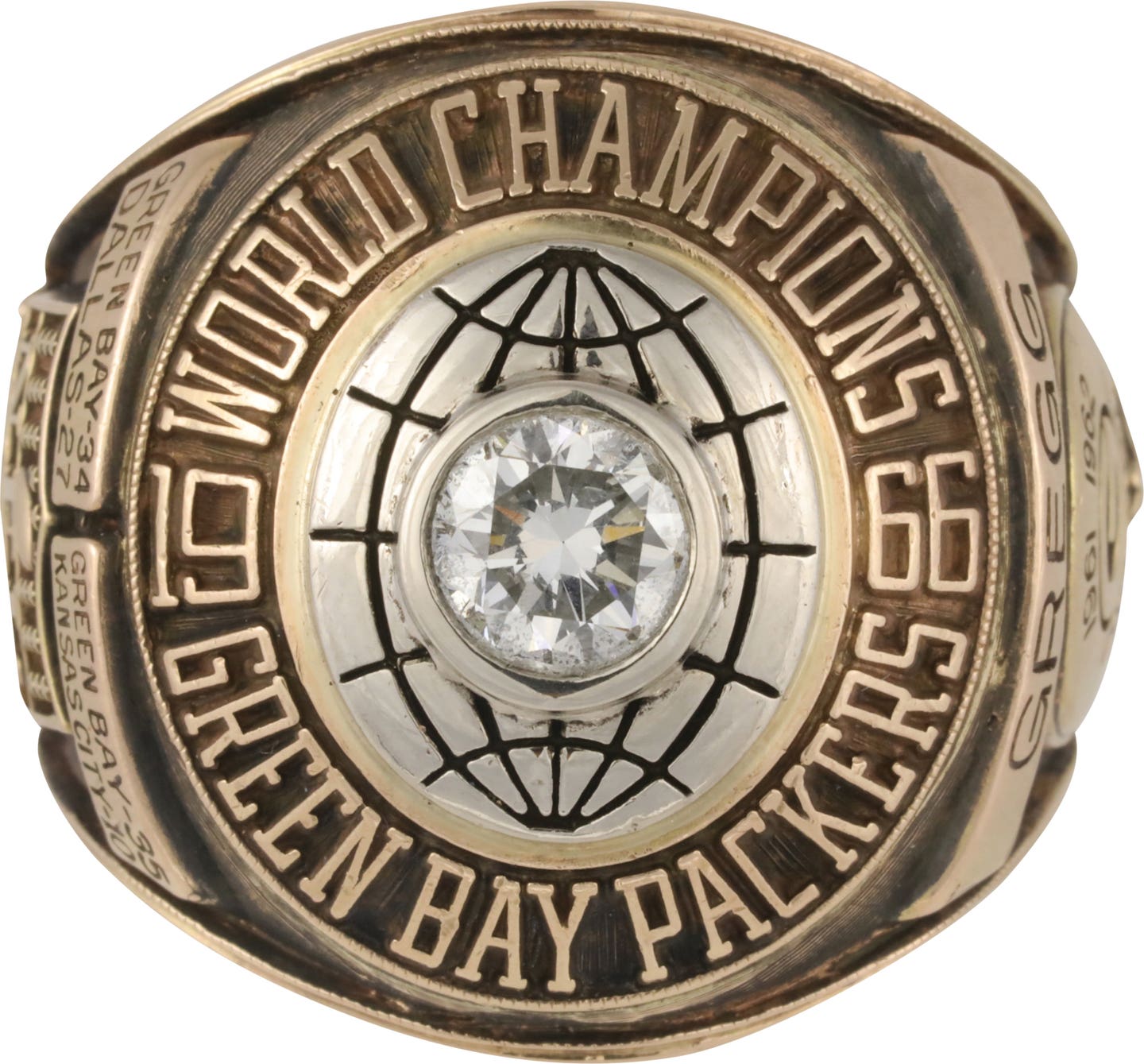News
1931 Tour yields rare Gehrig card
By Rob Fitts
In November 1931, a team of major league All-Stars organized by Herb Hunter and Fred Lieb travelled to Japan for a 17-game goodwill tour. The squad was impressive; seven of the 14 players would make the Hall of Fame in Cooperstown, while another would be inducted into the Japanese hall. The roster included Lou Gehrig, Frank Frisch, Rabbit Maranville, Mickey Cochrane, Al Simmons, Lefty Grove, George Kelly and Frank “Lefty” O’Doul.
On Sept. 18, less than a month before the Americans were due to leave the United States, the Japanese Kwantung Army invaded Manchuria. The attack outraged the international community and the League of Nations resolved that the Japanese withdraw before Nov. 16. As the major league team left the U.S. on Oct. 15, 1931, on board the Tatsuta Maru, the newspapers contained no platitudes about solving international differences through baseball. Many on both sides of the Pacific feared the countries would soon be at war.
From the beginning, the American players did nothing to ease the tension. Traveling on board the Tatsuta Maru was a group of Japanese diplomats, headed by an Admiral, who were baseball fans and enjoyed talking with the All-Stars. The Admiral especially liked the company of shortstop Maranville, who nicknamed him Icky. Maranville was famous for his sophomoric humor, which included donning a pair of glasses when arguing with umpires, packing manager Bill McKechnie’s hotel-room closet with live pigeons and dousing sleeping teammates with water. One afternoon, Maranville stumbled across the Admiral fast asleep on a deck chair. The prankster fetched a bottle of black ink and promptly decorated the diplomat’s bald crown with a smiley face.
The Major Leaguers were greeted with a tumultuous parade through Ginza as tens of thousands of fans cheered the visitors with cries of Banzai (May you live 10,000 years!).
“The enthusiasm of the Japanese for baseball just about borders on the fanatical,” Gehrig told the New York Times. “Everywhere we played we packed them in, and after the games thousands who had been locked out still would be standing in the streets waiting for us to come out. At times it would take hours for our cars to take us from the park to the hotel.”
The Americans played 17 games against top collegiate teams and amateur all-star squads, winning them all. The Japanese were overmatched, scoring just 30 runs as the major leaguers pounded out 149. The consensus was that the Japanese were slick fielders and had some good pitchers but were poor hitters. Lefty Grove particularly dominated the Japanese, striking out 55 and not allowing an earned run in 38 innings. He closed the second game by striking out six straight on just 20 pitches.
During the one-sided games, the Americans showboated to amuse the fans. In the seventh game, Grove fielded a ground ball on the mound and instead of throwing the batter out at first, threw to third baseman Willie Kamm who tossed it across the diamond in time to nip the batter. In another game, left fielder Al Simmons laid on the ground while Grove pitched.
Although showboating was common during American barnstorming games, it was unheard of in Japan. Some of the fans may have found it amusing but the Japanese players and writers found it patronizing and deeply insulting. Having already injured their hosts’ pride, the Americans began to bench jockey in the seventh game. Bench jockeying was a part of the major league game and the personal insults could get brutal – nearly anything went, including racial and sexual insults.
The Japanese, however, were unfamiliar with the ritual. As the Americans yelled at the opposing batters and dugout, most of the Japanese, perhaps not understanding the taunts, remained impassive.
One player, however, understood and took exception. The Americans had nicknamed him Nosey, but the Japanese knew the hot-tempered second baseman for Waseda University as Osamu Mihara – a future member of the Japanese Hall of Fame. Angered by the Americans’ taunts, Mihara yelled back in English, getting quite “fresh.” The bullying Americans decided to retaliate.
Strangely enough, it was the affable Lefty O’Doul, a future member of the Japanese Hall of Fame, who decided to put Mihara in his place. O’Doul told his teammates, “I’m going to bunt and force Nosey to cover first base. We’ll have some fun!” The hulking O’Doul bunted down the first base line, drawing the first baseman toward the plate to field the ball. The diminutive Mihara raced over to cover the bag and take the throw. The two collided at full speed with the big American going down hard. O’Doul staggered up, clutching his chest, two ribs broken.
O’Doul went to the hospital that night, had his ribs taped and was ordered to refrain from playing baseball or golf for the remainder of the tour. He joined Gehrig on the bench. The Iron Horse, who would set a major league record of playing in 2,130 straight games, had broken two fingers on the previous day and was also forced to watch the remaining games. He would, of course, recover before the start of the 1932 season.
During non-game days, the players toured cultural sites, including the temples of Nikko, the ancient capital of Nara, Meiji Shrine and a sumo match. Unfortunately, their off-the-field behavior sometimes mimicked their game antics. During a visit to the Prime Minister Reijiro Wakatsuki’s residence, the ballplayers helped themselves to souvenirs, including Cuban cigars, pens from the prime minister’s desk and even small vases that decorated the shelves in the leader’s office.
Despite the players’ behavior, the tour did well financially. Approximately 400,000 attended the 17 games, bringing in nearly $140,000 in gate receipts. The success of the 1931 goodwill series convinced the Yomiuri newspaper to organize a second tour – the famed 1934 tour that included Babe Ruth and Moe Berg and is also the subject of my forthcoming book Banzai Babe Ruth!
Tour cards
To commemorate the 1931 tour, Yuasa and Co. produced a set of cards depicting the American players. The cards are black-and-white photographs, printed on heavy stock photo paper with blank backs – a style known in Japan as bromides.
They are postcard size, measuring 33/8-by-55/16 inches. To date, cards of 12 of the 14 American players have been located. I have not found cards of center fielder Tom Oliver or reserve player Ralph Shinners, who played for Buffalo of the International League.
Six of the 12 cards do not identify the depicted player, while the remaining six have facsimile signatures across the lower portion of the photographs.
The players are all wearing their 1931 touring uniforms: off-white with blue pinstripes, and red piping around the collar, sleeves and down the button line and pants. They wore an American shield with red and white stripes at the bottom and white stars on a blue field above, on their left breasts. As Japanese fans appear in several of the backgrounds and Al Simmons dated the signature on his card “Oct. 30th/31,” the photographs were probably taken during their first practice in Japan, held at Meiji Jingu Stadium in Tokyo, one day after the team arrived.
The cards came in a thin, gray paper envelope bearing the Yuasa & Co. name, logo, address and a few lines stating that Yuasa was ideal for all of your printing needs: newsletters, handbills, etc. There is no price on the envelope. It is unknown how Yuasa distributed the cards. The advertising on the envelope and the lack of a print price suggests that they may have been given to customers or were distributed as advertising.
The 1931 Yuasa Tour of Japan set is extremely rare. Only a few intact sets are known, including one in the collection of the Japan Baseball Hall of Fame. For some reason, the individual card of George Kelly is more common. Maybe a half dozen examples have been available at auctions held within the U.S. during the past 10 years. The Kelly card often sells for about $100. One can only guess at the value of the Yuasa Lou Gehrig card, but you can be sure that it will be a challenge for even the most advanced Gehrig collectors



